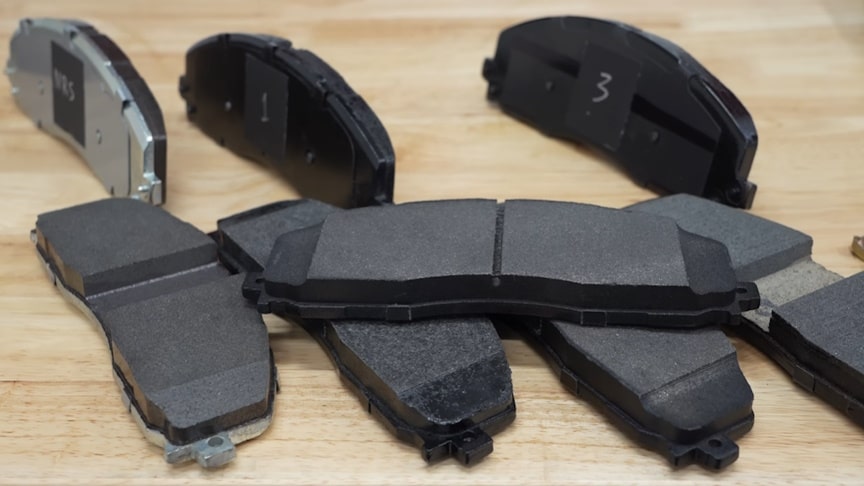Let’s peel back the friction material on different aftermarket brake pads!We’ll examine five different brake pads to see how they differ internally.There are four fundamental elements of brake pad design that play a critical role in brake functionality and safety.
source.image: Engineering Explained
Rust protection for the backing plate, how you attach the friction material to the backing plate, the flatness of the backing plate, and the tolerances of the abutment areas, ensuring the pads slide smoothly within the caliper. In this video, we’re focusing on just one aspect, the attachment of the friction material to the backing plate.
We’ll inspect five different brake pads: one original equipment, one from NRS Brakes, and three other aftermarket companies. You’ll very clearly see the original equipment pads use mechanical attachment, as does NRS, yet two of the aftermarket companies do not.
Advertisement
Mechanical attachment uses hooks to ensure a very secure bond between the friction material and the backing plate, which is especially important for applications that see high heat. Heat can break down adhesives, whereas the mechanical attachment will remain strong. Yes, you can buy brake pads designed for the exact same vehicle, without ever knowing that they don’t feature the technology that the original equipment pads specify.











